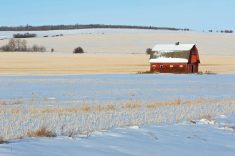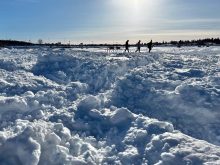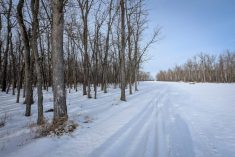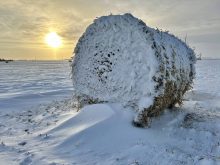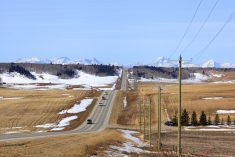MarketsFarm — Canada’s Prairies are looking at normal temperatures over the next month to three months, according to Environment and Climate Change Canada (ECCC).
The federal department on Tuesday issued its temperature and precipitation probabilistic forecasts, which also called for normal precipitation for most of the region.
“The forecast is really neutral for the Prairies, with ‘normal’ temperatures forecast for April, May and June,” Bruce Burnett, MarketsFarm’s director of markets and weather, said Tuesday..
Temperature-wise, ECCC projected below-normal weather for British Columbia and parts of western Alberta. To the east, much of Ontario is expected to run above normal, with most of the southern portion being normal to above normal. Growing areas of Quebec are expected to be near normal with the Maritimes to be near normal.
Read Also
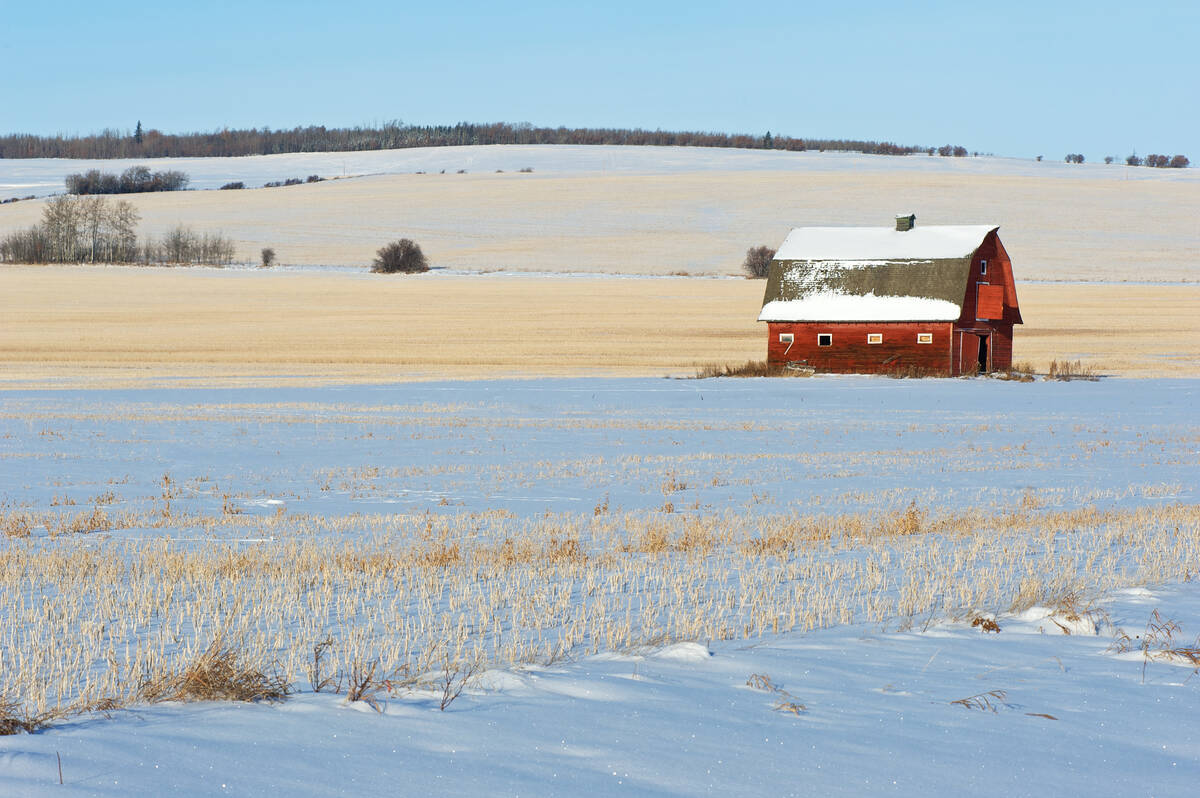
Prairie forecast: Plenty more chances for snow over Holidays
The pattern of Pacific storm system after Pacific storm system looks set to continue for a while longer. We begin this forecast period with a heavy snowfall warning in effect across parts of Alberta.
“The main driver of the forecast is likely the transition of the La Nina into the neutral phase over the forecast period,” Burnett said.
As for precipitation over the same time frame, ECCC has not called for any growing areas in Canada to receive any amounts above normal. However, southern Alberta and western Saskatchewan are projected to receive below-normal precipitation, as are Nova Scotia and southern New Brunswick. That left the remainder of Canada’s growing areas likely to get normal levels of rain or snow over the coming months.
“The lower-than-normal precipitation probability in southern Alberta and southwestern Saskatchewan is a concern as this was the driest region going into the fall,” Burnett said.



